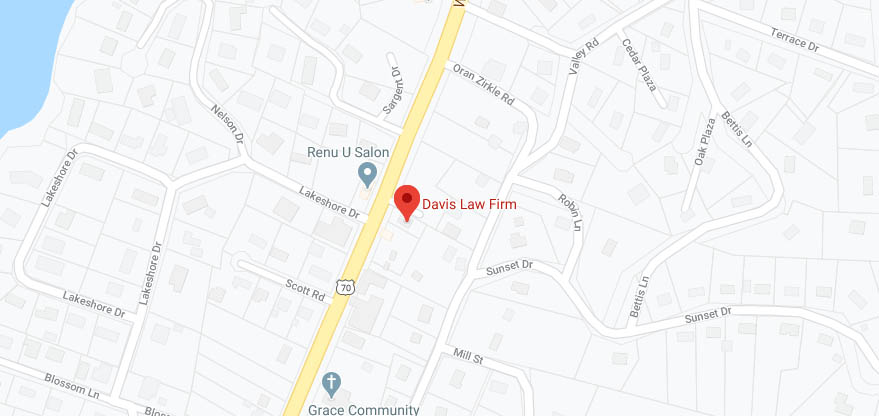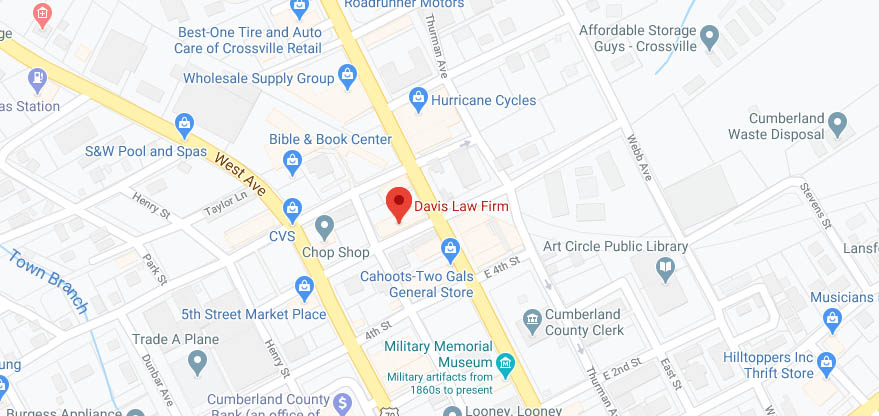Some of the more common personal injuries after a car accident are bone fractures. Depending on the type of bone fracture, a person may be able to recover within a month or several months. All bone fractures should be handled with caution because the injury can be worsened if not handled properly. The more severe the fracture, the longer the recovery time and the more expensive the medical bills. However, you may not have to cover all these expenses if you were hit by a negligent driver. Consider hiring a Tennessee car accident lawyer if this happened to you.
Different Types of Bone Fractures
When helping someone with a bone fracture while waiting for paramedics to arrive, it is helpful to know the different types of bone fractures. A quick run-through will help you understand which fractures require more careful first aid than others. You
should avoid moving or realigning any kind of bone fractures, but certain fractures need to be handled with immobilization to prevent further damage.
are probably the most well-known because they are a simple straight-line break in the bone. Oblique fractures are diagonal and spiral fractures involve breaks around the bone. Comminuted fractures involve shattered bones, avulsions involve a torn ligament with a bone fragment, and compression fractures happen when the bone is crushed. Compression, avulsion, and comminuted fractures are the most serious because they usually require surgical interventions with long-term care. They should be handled with greater caution.
The site of a bone injury can also indicate the level of caution needed during first aid. Spine and skull fractures require as little movement as possible. Movement should only be justified if the person needs to be transported away from danger, requires CPR, or begins vomiting. Other than those instances, the person needs to lay still until paramedics arrive. Any wrong move could result in spinal cord or brain damage, both of which can be permanent.
First Aid Tips for Broken Bones
The first thing you should do is see if they are conscious, then check for breathing and a heartbeat. If there are signs of a serious injury or bone fracture, call 911 and try to stay with them until the emergency team arrives.
involves stabilization and monitoring of basic involuntary behaviors like breathing. Stabilization involves stopping excessive bleeding by applying pressure to the wound with a clean cloth. However, do not do this if the bone is sticking out or if the skull is fractured because this could induce further damage. Be careful about where you apply pressure since the bones are broken. If you have ice packs, use them to reduce swelling.
You can try to immobilize the injury with what you have with you, like a belt, but avoid realigning bones.





